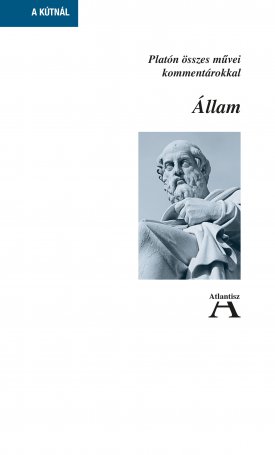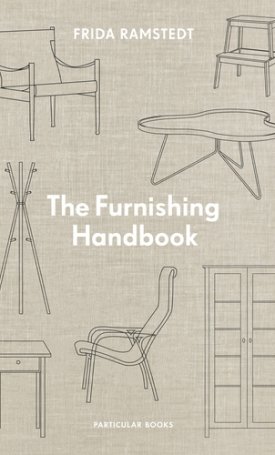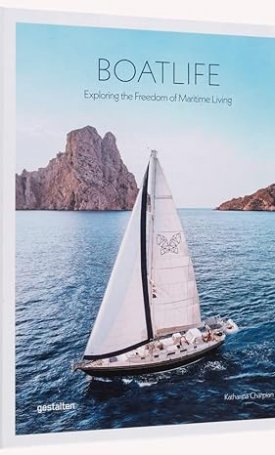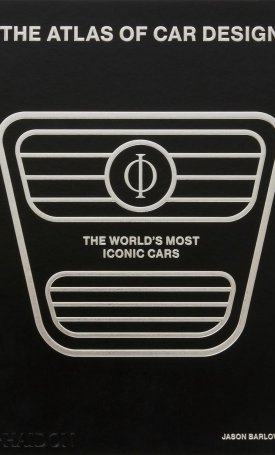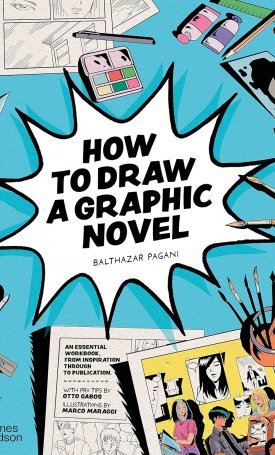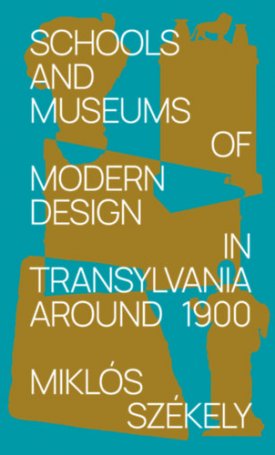Furniture of Carlo Mollino, The
-10%
9 850 Ft
8 865 Ft
Out of stock Discounted prices are valid only for orders placed through our webshop.
Furniture of Carlo Mollino, The
From the start, both his interests and personality set him apart from his contemporaries. Influenced by the Second Futurism movement and Surrealist avant-gardes, he was active in an impressive number of fields, including aeronautics, automobile design, art, photography, set design, town planning, furniture, interior decoration and architecture.
Highlights from his architectural output include the headquarters of the Società Ippica Torinese (1935-9)and the Teatro Regio Torinese (1966), both in Turin. Mollino was able to bring together various forms of expression through his extensive artistic research. His furniture was based on organic shapes, such as tree branches, animal horns and the human body, the female profile figuring prominently in his design work. These pieces evolved from the appreciation of the shapes of Art Nouveau and the architect Antoni Gaudí, and were far more expressive and sculptural than those being produced in Milan at the same time.
Most of Mollino`s furniture designs were site-specific one-offs for specifically commissioned interiors and were manufactured by the Apelli & Varesio joinery in Turin. This has ensured that these pieces are very rarely available on the market and are highly valued by furniture collectors. Beyond the sculptural aesthetics of his furniture, his designs involved thorough research into materials and technology. Mollino developed a complex construction technique whereby the structure seemed liberated by the weight of the material, as clearly seen in the glass and bentwood Arabesque table (1949), still in production by Zanotta.
His famous interiors were richly decorated with fabric, used not only as upholstery but also as a spatial device. He aimed at creating architecture and interiors that could be manipulated by the user, as with the innovative lighting system for the Miller House (1937), which was mounted on a curving track and could be moved along the ceiling of the house.
The book presents Mollino`s complete furniture and interior design for the first time and represents the most comprehensive record today of this part of Mollino`s production. Realized in collaboration with the Museo Casa Mollino and written by the museum`s curators Napoleone Ferrari and Fulvio Ferrari, this extensive and original monograph emphasizes the contemporary significance of Mollino`s groundbreaking oeuvre.
`Sensual and surreal, the work of Carlo Mollino finally gets the book it deserves…find page after gorgeous page of furniture…the best book about the best architect to design furniture written by the two people in the world who really know about him.` (Nigel Coates, Spoon)
`[Mollino] got to photograph a lot of beautiful women, write a really good guidebook about downhill skiing, crash aeroplanes and race at Le Mans. Leonardo and Michelangelo, for all their sublime talents, never left such legacy.` (Guardian)
A szerzőkről:
Fulvio Ferrari has been studying the work and life of Carlo Mollino since the early 1980s, having organized the first exhibition of his work in 1985 and co-founded the Museo Casa Mollino, Turin, in 1999. He also curated `Italian Design 1951-73` in 1984 in Munich and has published several books on the work of Mollino, the furniture of Gabetti & Isola and the ceramics of Ettore Sottsass, amongst others.
Napoleone Ferrari co-founded the Museo Casa Mollino in Turin. He is the co-author of two books on Mollino`s photography, and of Luce, a book on Italian lighting design of the late 1960s.



